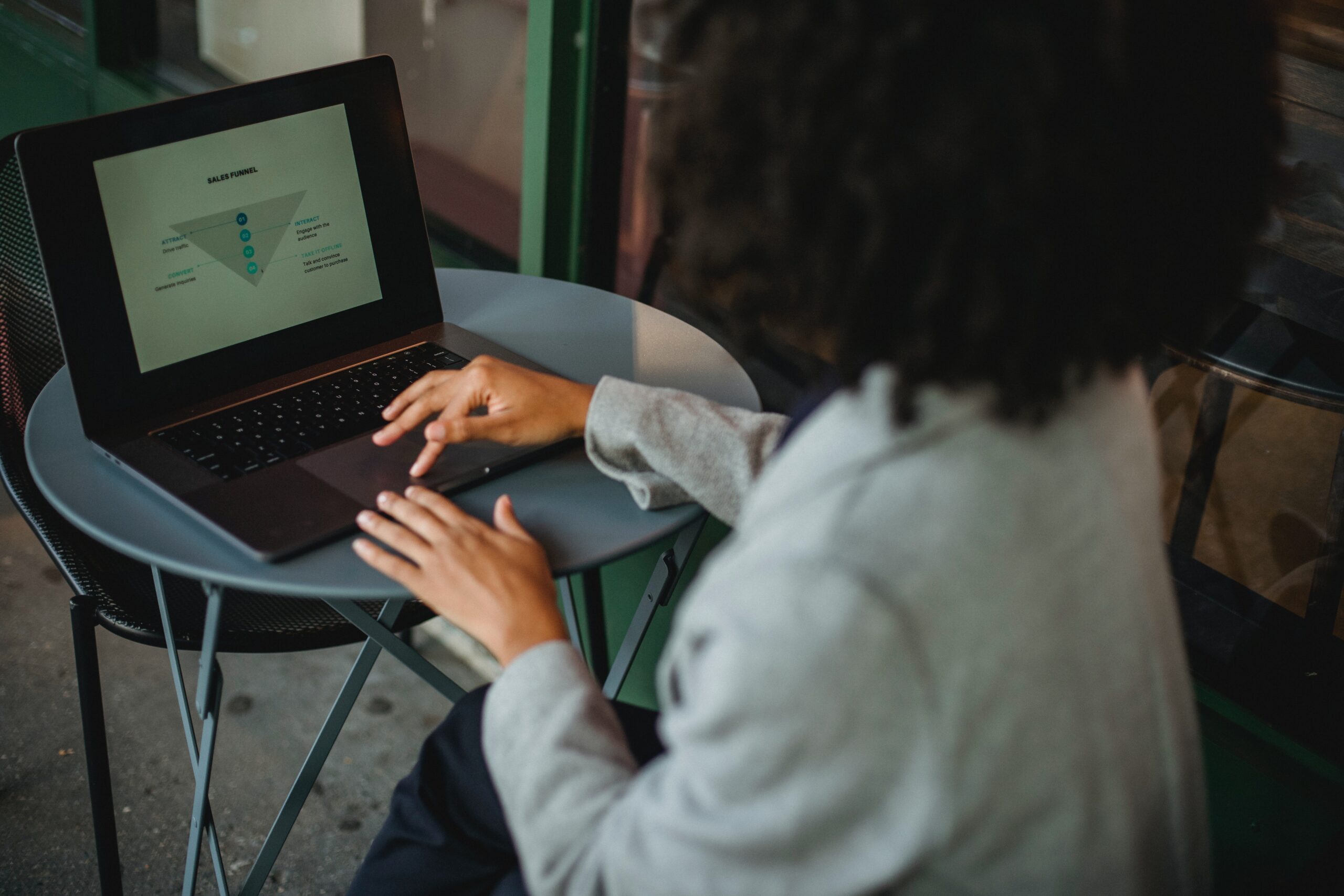Make a plan
Even if obtaining financial independence is your number one priority, figuring out how to make that objective a reality is not something that comes naturally. Understanding your financial obligations is an essential first step. Ensure that your revenues are higher than your expenditures at all times. Despite the fact that this is common sense advice, a surprising number of people spend more than they make. Next, go through your spending patterns and categorize them so that you can get an accurate picture of how much money you are putting toward various categories of expenditures such as clothing, dining out, and travel. Determine the areas in which you are overspending or purchasing items that you do not require.
This may seem expensive, but you should make sure that the money you spend is going toward things that are essential to your pleasure or provide you satisfaction. To give you a personal example, some people just realized that they could reduce one of their expenses by canceling their cable television service. They cut their high-speed internet subscription in half, going from $230 to $70 a month.
The next step is to identify a source of passive income that can be used to offset the costs of your existing lifestyle. When your passive income begins to exceed your costs of living, you will have successfully attained financial independence. But how can you know which type of investment would provide you with the best passive income? Because, ideally, you will be able to collect passive income from your investment for a significant amount of time, it is important that you invest in something that you have a complete understanding of and that is compatible with your way of life.
Find possibilities that will bring you the best and most consistent results rather than ones that will have a high degree of volatility. In the end, you should look for an investment that gives you the opportunity to borrow money in order to boost the possible return on your investment. If there are also tax breaks associated with the investment, that is an added bonus.
Choose your investment
After you have decided on an investment strategy, the next step is to determine how much capital you will require to become financially independent. Take, for instance, the scenario in which you invest $20,000 in a turnkey rental property that ultimately generates $3,000 in annual income flow for you. If you need a certain amount of net cash flow per year, let’s say $60,000, you will need to purchase 20 homes (which would equal a total purchase price of $400,000 for all of the properties).
Where do you plan to get the money for your investment? Check your savings account, 401k, and any other retirement funds you may have. Certain 401(k) plans enable direct investments in real estate, which may not be the first thing that comes to mind when considering where to put your money. Consider the equity that you have built up in any assets that you own, such as your home.
Now is a crucial time for financial independence
Now is a crucial time to perform a thorough analysis of the numbers. Don’t let emotion or gut feelings influence your investment selections. The majority of Americans rely on their homes as their primary source of equity and on it for their retirement. Using your home as your primary source of equity isn’t ideal, though, because of renovations and property taxes.
Consider the following case: Let’s imagine you paid $750,000 in 2005 to purchase a home on the West Coast. You deposit 20%, which is $150,000. People in this neighborhood are finding it difficult to raise the down payment since home prices are increasing too quickly for them to keep up. You invest $300,000 in remodeling over the course of 15 years, paying cash or possibly using a line of credit. You might need to refinance at some point to take additional costs, like a car, into consideration.
Imagine that 15 years have passed, your mortgage balance has increased to $700,000, your line of credit has been exhausted ($200,000), and you are now ready to start earning a passive income and achieving financial independence. Right now, your house is valued $2 million. Even while it appears to be a wise investment, after tax payments, maintenance costs, and other costs, your actual return on investment is less than 5% annually. You are attempting to determine how to leverage your approximately $1 million in equity. Your monthly mortgage payment will increase from $3,000 to $7,500 if you refinance. You now require an additional $350,000 worth of rental properties to generate passive income to keep pace with this increase in costs. You currently feel as though your financial situation is declining.
If you stay on track with your real estate goals, there’s no reason (barring another Pandemic or Depression) that you can’t begin to sit back and enjoy your passive real estate profits in a matter of a few years.

